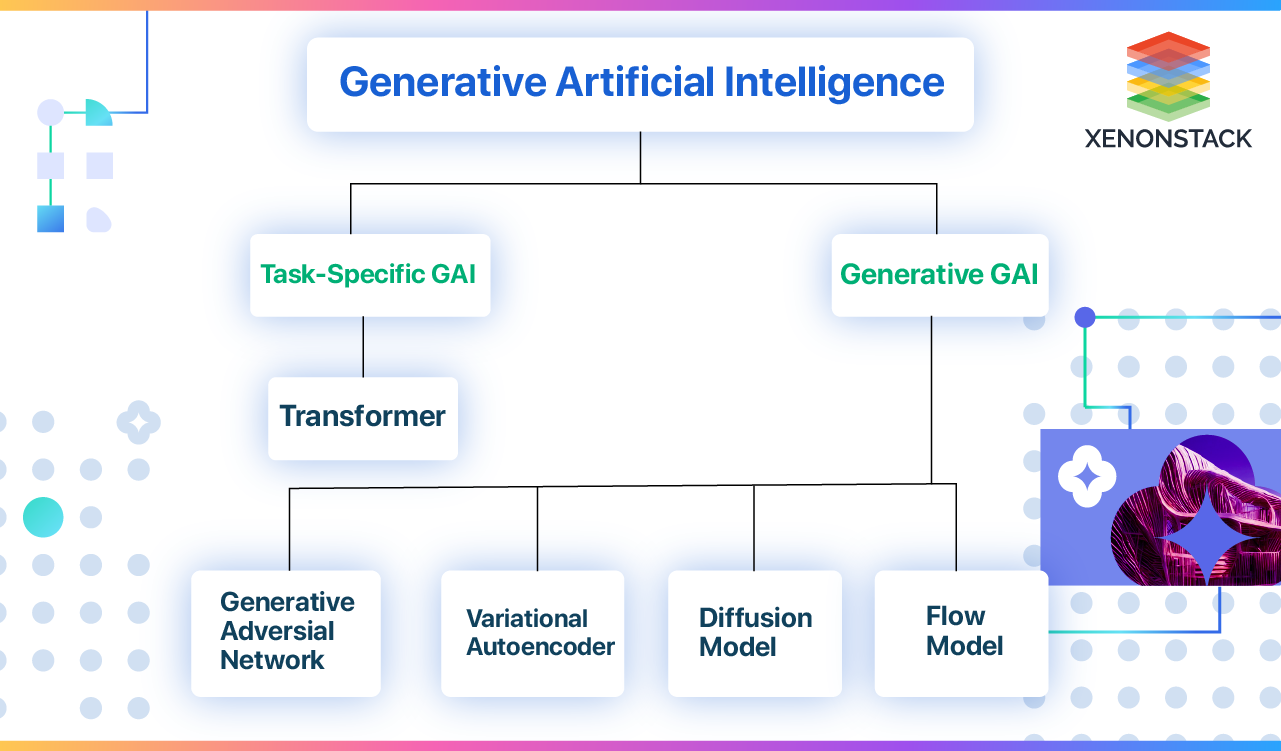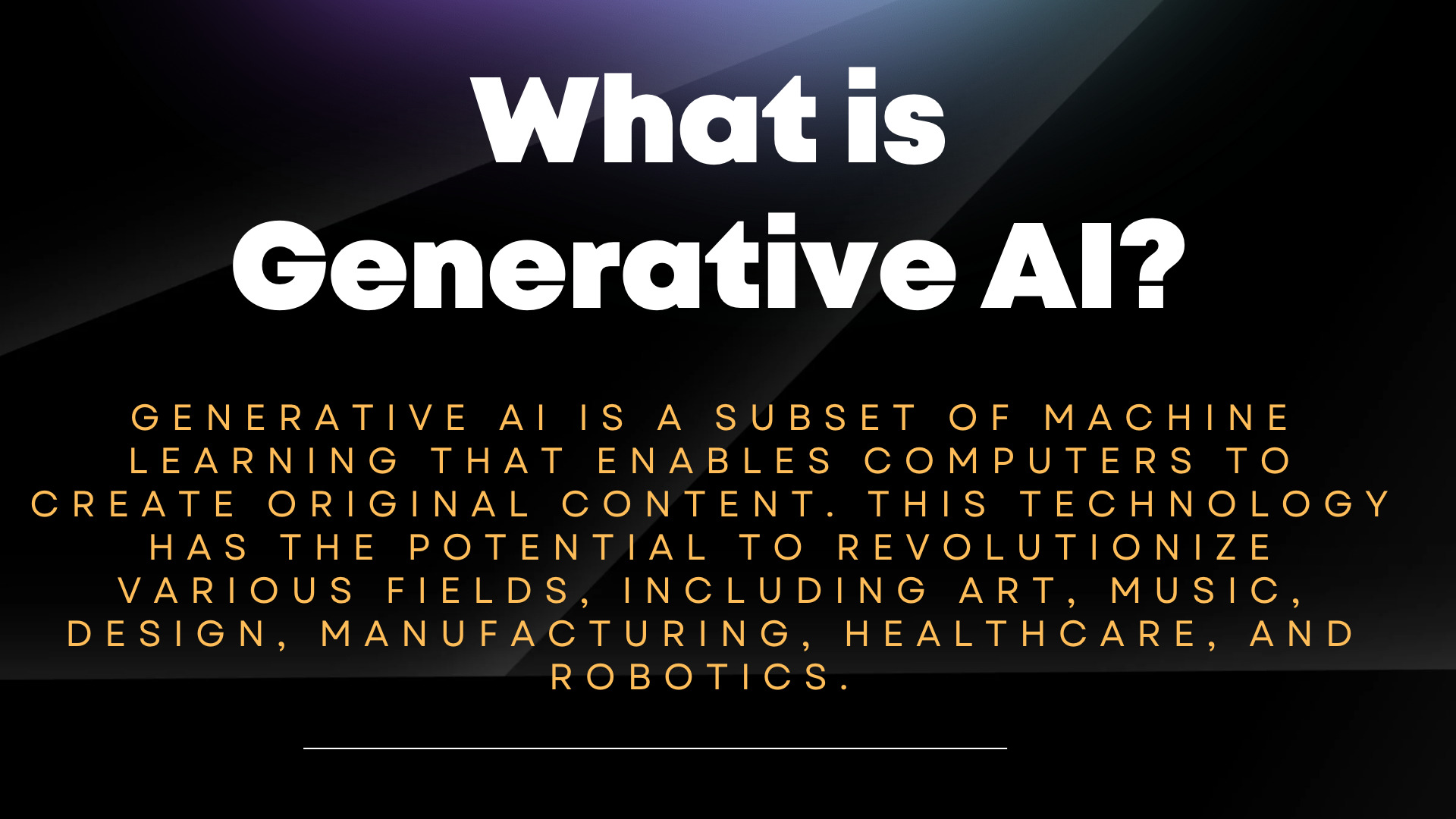All Categories
Featured
Table of Contents
For circumstances, such designs are trained, using countless instances, to anticipate whether a certain X-ray reveals signs of a tumor or if a particular consumer is likely to fail on a lending. Generative AI can be considered a machine-learning design that is educated to produce new information, instead of making a forecast concerning a particular dataset.
"When it involves the real equipment underlying generative AI and various other sorts of AI, the distinctions can be a bit blurry. Frequently, the same algorithms can be made use of for both," states Phillip Isola, an associate teacher of electrical engineering and computer scientific research at MIT, and a member of the Computer system Science and Expert System Lab (CSAIL).

But one huge distinction is that ChatGPT is far larger and much more intricate, with billions of criteria. And it has been trained on a substantial amount of data in this instance, a lot of the publicly offered text on the web. In this big corpus of text, words and sentences appear in sequences with certain dependencies.
It finds out the patterns of these blocks of message and utilizes this knowledge to propose what may follow. While bigger datasets are one driver that caused the generative AI boom, a selection of significant research study breakthroughs additionally brought about even more intricate deep-learning styles. In 2014, a machine-learning style referred to as a generative adversarial network (GAN) was suggested by scientists at the College of Montreal.
The picture generator StyleGAN is based on these types of designs. By iteratively fine-tuning their result, these versions learn to generate brand-new data samples that look like samples in a training dataset, and have actually been used to produce realistic-looking pictures.
These are just a couple of of lots of approaches that can be used for generative AI. What every one of these methods have in typical is that they convert inputs into a collection of tokens, which are mathematical depictions of portions of data. As long as your information can be converted right into this requirement, token layout, then theoretically, you could use these methods to generate brand-new information that look similar.
How Does Ai Process Speech-to-text?
However while generative versions can accomplish extraordinary outcomes, they aren't the very best choice for all types of data. For jobs that entail making predictions on organized data, like the tabular information in a spread sheet, generative AI models have a tendency to be outperformed by typical machine-learning techniques, says Devavrat Shah, the Andrew and Erna Viterbi Professor in Electrical Engineering and Computer Technology at MIT and a participant of IDSS and of the Laboratory for Info and Choice Solutions.

Previously, humans needed to talk with equipments in the language of devices to make things happen (Explainable machine learning). Now, this interface has determined exactly how to chat to both people and machines," claims Shah. Generative AI chatbots are currently being made use of in telephone call centers to area inquiries from human clients, but this application underscores one possible warning of carrying out these models employee displacement
Ai For Media And News
One promising future instructions Isola sees for generative AI is its use for fabrication. Rather of having a design make a photo of a chair, maybe it might create a prepare for a chair that might be created. He additionally sees future uses for generative AI systems in establishing more typically smart AI agents.
We have the ability to assume and fantasize in our heads, to find up with interesting concepts or strategies, and I assume generative AI is just one of the devices that will certainly empower agents to do that, as well," Isola says.
Speech-to-text Ai
Two additional recent developments that will certainly be talked about in even more information below have actually played a vital component in generative AI going mainstream: transformers and the advancement language versions they made it possible for. Transformers are a type of artificial intelligence that made it feasible for researchers to educate ever-larger designs without having to classify every one of the information beforehand.

This is the basis for devices like Dall-E that instantly create images from a message description or produce message subtitles from photos. These advancements regardless of, we are still in the very early days of making use of generative AI to develop understandable text and photorealistic stylized graphics.
Going ahead, this innovation might help write code, style brand-new drugs, establish items, redesign organization processes and transform supply chains. Generative AI begins with a prompt that might be in the form of a message, an image, a video, a design, music notes, or any kind of input that the AI system can refine.
Researchers have been developing AI and other tools for programmatically producing content since the very early days of AI. The earliest techniques, referred to as rule-based systems and later on as "professional systems," utilized clearly crafted policies for generating actions or data sets. Semantic networks, which create the basis of much of the AI and machine learning applications today, flipped the trouble around.
Created in the 1950s and 1960s, the very first semantic networks were restricted by an absence of computational power and tiny information sets. It was not until the introduction of big information in the mid-2000s and improvements in hardware that semantic networks became useful for generating material. The area accelerated when researchers located a method to get neural networks to run in parallel across the graphics refining units (GPUs) that were being utilized in the computer system pc gaming sector to provide video clip games.
ChatGPT, Dall-E and Gemini (previously Poet) are popular generative AI user interfaces. Dall-E. Trained on a huge information collection of images and their associated text descriptions, Dall-E is an example of a multimodal AI application that identifies links throughout numerous media, such as vision, message and sound. In this situation, it attaches the definition of words to visual aspects.
Future Of Ai
It makes it possible for individuals to produce imagery in numerous styles driven by individual triggers. ChatGPT. The AI-powered chatbot that took the world by storm in November 2022 was built on OpenAI's GPT-3.5 application.
Latest Posts
Ai In Entertainment
Can Ai Make Music?
Ai In Healthcare